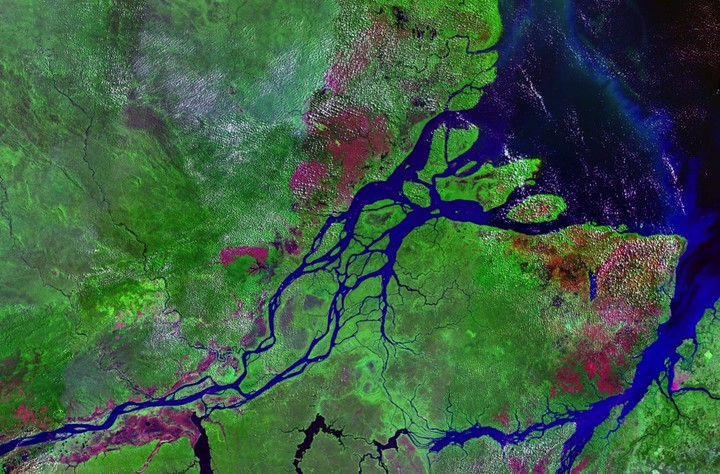Degradation of terrestrially derived macromolecules in the Amazon River

Abstract
Temperate and tropical rivers serve as a significant source of carbon dioxide to the atmosphere. However, the source of the organic matter that fuels these globally relevant emissions is uncertain. Lignin and cellulose are the most abundant macromolecules in the terrestrial biosphere5, but are assumed to resist degradation on release from soils to aquatic settings. Here, we present evidence for the degradation of lignin and associated macromolecules in the Amazon River. We monitored the degradation of a vast suite of terrestri- ally derived macromolecules and their breakdown products in water sampled from the mouth of the river throughout the course of a year, using gas chromatography time-of-flight mass spectrometry. We identified a number of lignin phenols, together with 95 phenolic compounds, largely derived from terrestrial macromolecules. Lignin, together with numerous phenolic compounds, disappeared from our analytical window following several days of incubation at ambient river temper- atures, indicative of biological degradation. We estimate that the net rate of degradation observed corresponds to 30–50% of bulk river respiration. Assuming that a significant fraction of these compounds is eventually remineralized to carbon dioxide, we suggest that lignin and other terrestrially derived macro- molecules contribute significantly to carbon dioxide outgassing from inland waters.